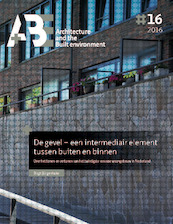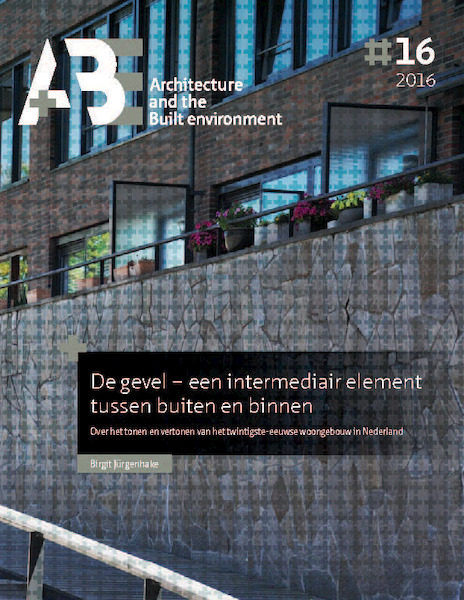| Prijs | € 49,95 |
Niet beschikbaar
Paperback | Augustus 2018 |
Beoordeel dit boek als eerste!Beschrijving
Specificaties
- Auteur
- Birgit Jürgenhake
- Uitgever
- TU Delft Open
- ISBN
- 9789492516169
- Bindwijze
- Paperback
- Publicatiedatum
- Augustus 2018
- Categorie
- Wetenschappelijk
- Taal
- Nederlandstalig
- Aantal Pagina's
- 594
Beschrijving
This study is based on the fact that all people have a basic need for protection from other people (and animals) as well as from the elements (the exterior climate). People need a space in which they can withdraw from the rest of the world. The two states, inside and outside, public and private, contact with, or isolation from, the outside world, are relevant in fulfilling this basic need. People also want their home to have a certain appearance or status which they can identify with and which they can present to the outside world. This can also often be derived from the façade. The façade which is on a side which can be seen by the general public can be seen by the most people. Protection and appearance/status are two important characteristics of the façade. The term social filtering is used in this study to mean protection and face or mask to mean appearance/status. The means which can be used for protection embrace a broad spectrum, of which a fence, the doorstep (threshold), the door and shutters are just some initial examples. The means which can be used to lend status to a house are just as diverse. It is impossible to make a strict distinction between the means of social filtering and those of the face or mask and they often fulfil both functions. The façade as social filter and as face or mask of the residential building is the starting point of this study. Both the roles, as social filter and face of the home, have undergone great change as a consequence of the accommodation of several homes in the one building. The history of homes in the Netherlands shows that the individual house has only been one of many dwelling possibilities since the nineteenth century ; the ‘stacking’ of homes on top of each other in larger buildings, described as residential building, became a necessity in the cities. This is why this study is focussed on the residential building and its façade in the city in the Netherlands.
Schrijf een recensie
Specificaties
- Auteur
- Birgit Jürgenhake
- Uitgever
- TU Delft Open
- ISBN
- 9789492516169
- Bindwijze
- Paperback
- Publicatiedatum
- Augustus 2018
- Categorie
- Wetenschappelijk
- Taal
- Nederlandstalig
- Aantal Pagina's
- 594











